While the practice of procurement evolves constantly, the pace of change accelerated significantly over the last few years. Out of necessity, many procurement processes had to adapt and evolve. Indeed, RFPs and other vendor information requests were no exception. To explore the changes and current state of these processes, Art of Procurement and RFP360 partnered to conduct RFP research.
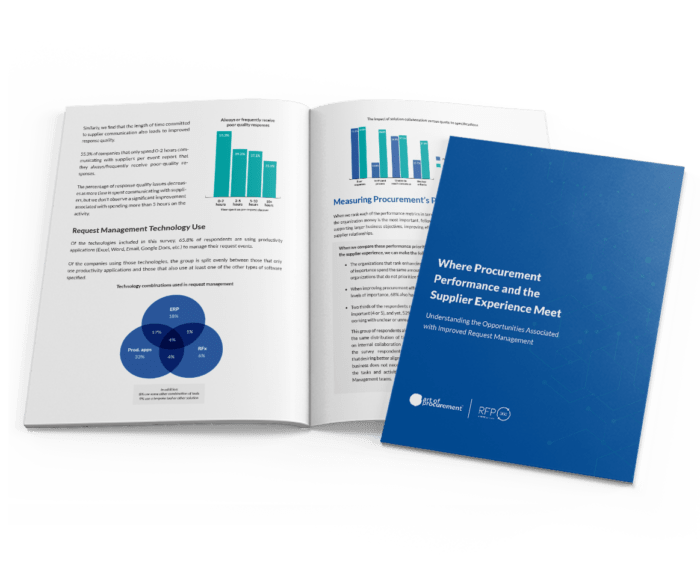 Download the Art of Procurement research paper
Download the Art of Procurement research paper
In this post, we’ll explore the results of the procurement study and dig into the data. We’ll cover the RFP research that touches on several topics including the use of procurement technology, how RFPs impact supplier relationships and the challenges and best practices used in RFP processes.
Table of Contents
- RFP study background
- Technology for request management
- RFPs and the supplier experience
- Workload and priorities in procurement
RFP study background
As markets shift and organizations move from offices to dining room tables and from paper to digital processes, it’s important to take stock of how these changes impact procurement practitioners. Consequently, Art of Procurement conducted a survey to understand the workload, technology and relationships associated with RFPs and information requests.
The list of documents and processes used by procurement professionals to gather vendor information is extensive. It includes RFPs, RFQs, RFIs, RFP lites, vendor risk assessments, security questionnaires, vendor profiles and more. Collectively, the practice of leveraging all of these tools is referred to as request management.
Unfortunately, request management expertise is often underappreciated. From the outside, these various documents may seem unremarkable and simple. Despite the common misconception, these are not passive processes. Indeed, to be successful, they must be undertaken by skilled procurement and sourcing managers. Each of these processes requires research, collaboration with stakeholders and vendors, and flawless attention to detail.
The goal of this procurement study is to establish benchmarks, explore insights and uncover opportunities to improve request management in the future. Results from the survey fall into three themes: RFP technology, supplier relationships, and finally, internal priorities and challenges.
Technology for request management
Like all areas of procurement, request management benefits from the use of the right technology. However, the RFP data shows that many are still using technology not fit for purpose to manage information requests. In fact, 68 percent of respondents use productivity applications like email, Word documents and spreadsheets as part of their process.
Fortunately, of those adapting productivity applications to manage the RFP process, 46 percent use other procurement-specific technology as well. Specifically, they use an ERP, P2P, RFx solution or some combination of these along with Word and spreadsheets.
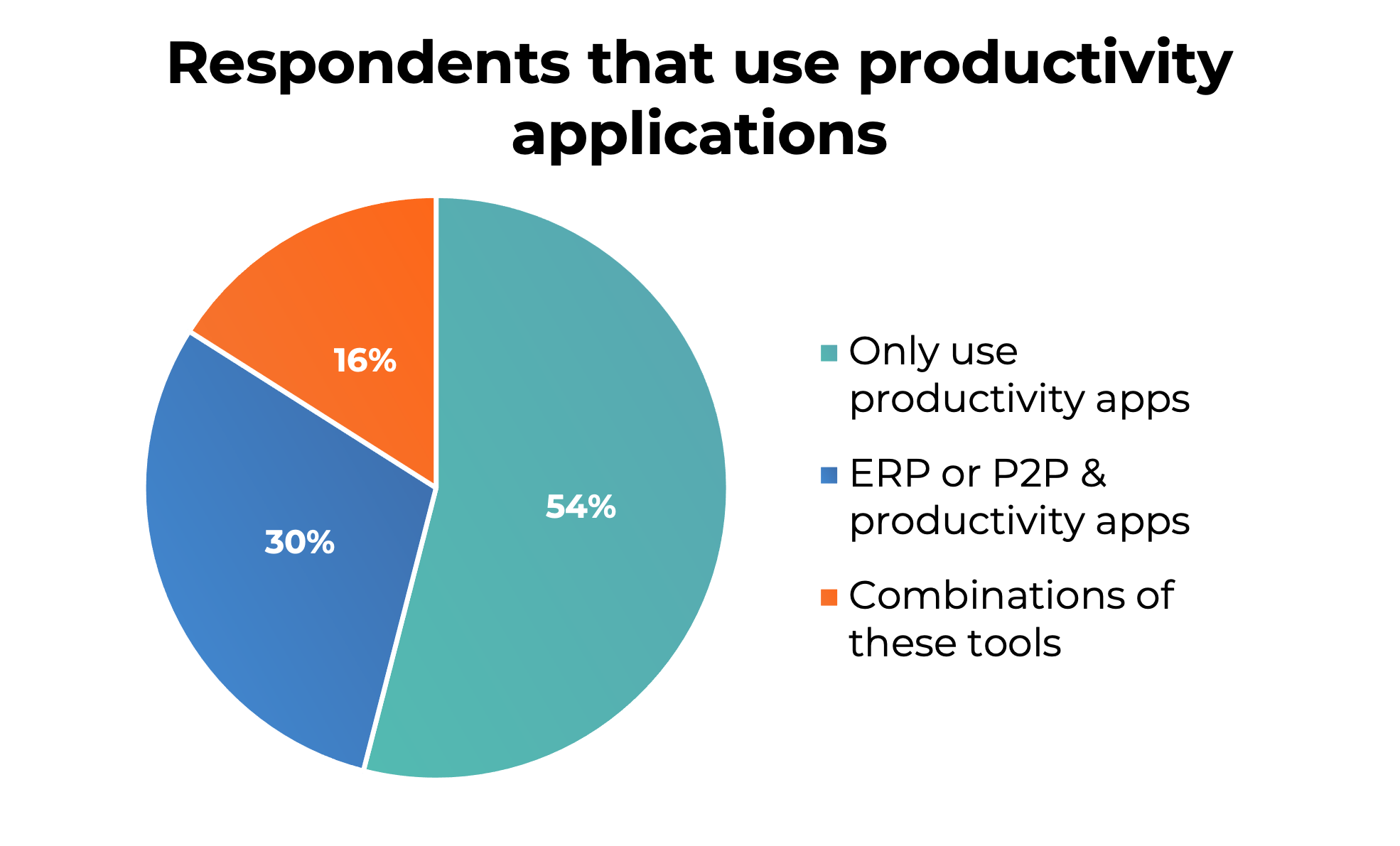
The problem with popular productivity apps
Broad familiarity with Word documents and Excel spreadsheets make these tools seem like an easy way to gather information. However, they present challenges for procurement professionals, stakeholders and vendors alike. From formatting and version control to tracking requirements and collaboration, using these tools is time consuming and complex.
Unfortunately, those who exclusively use productivity tools, often encounter challenges.
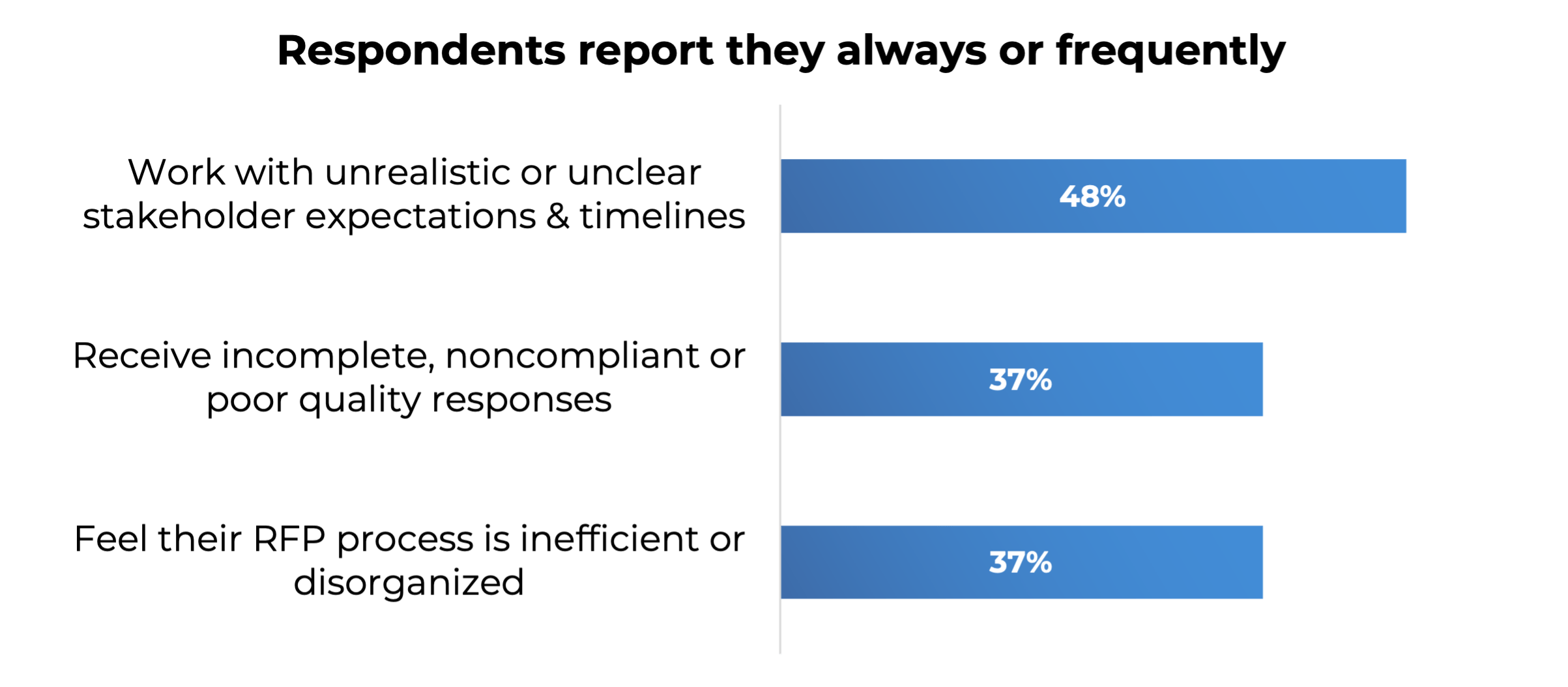
Create a custom ProcureTech stack or buy a full software suite?
Recently, there’s been an ongoing discussion about the best strategy for investing in and adopting procurement technology. Many organizations currently use purchase to pay (P2P) and enterprise resource planning (ERP) software. Within these software suites, generally, there are some tools that can be used for request management. However, the functionality tends to be limited.
On the other hand, a best-of-breed technology approach is quickly gaining popularity. The procurement technology landscape is full of specialized tools that meet nearly any challenge. This software is typically subscription and cloud-based, highly-integratable and affordable. Consequently, some are seizing the opportunity to build a customized technology stack. Within these ProcureTech stacks, many select a strategic sourcing software or RFP management system.
A whitepaper by Kearney explores the history and challenges of traditional procurement technology suites and identifies three paths for moving forward.
- Moving from a traditional software suite to a similar, but updated, suite
- Replacing with a new suite as well as best-of-breed tools
- Maintaining old technology while slowly adopting and integrating new, customized solutions
The RFP research gives us an idea of how teams who use procurement technology are approaching this change. The vast majority still use ERP software as their cornerstone for request management. However, we expect that in the next few years, we’ll continue to see more teams shift to a combination of suite and specialized request management technology.
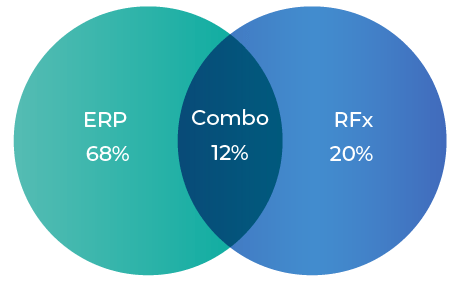
RFPs and the supplier experience
If you’ve followed procurement industry publications and podcasts, you’ve likely heard about the growing importance of supplier relationship management. But, if you’re not sure what we’re talking about, here are a few articles to check out. Each resource offers an overview of how the supplier landscape has changed and how procurement can adapt to thrive.
- How to Improve Supplier Experience (and Why) – Procurious
- Making a Business Case for Supplier Experience Management – Art of Procurement Podcast
- How Your RFx Sets the Stage to Become Customer of Choice – Procurement Foundry
Building strong supplier relationships happens throughout the vendor lifecycle. However, the RFP process serves as the first point of contact. Indeed, information requests may constitute the majority of your initial interactions with potential new vendors. Unfortunately, inefficient or ineffective request management processes are a red flag to vendors — leading to low engagement.
As vendors become more selective, they become less willing to make concessions and exceptions to win your business. Rather than seeing this as a problem, procurement should see it as an opportunity to develop mutually-beneficial partnerships that are collaborative and transparent.
The RFP survey asked questions that addressed several facets of the relationship between buyers and vendors.
Supplier communication
Most respondents report spending less than five hours per request on vendor communication. Unsurprisingly, the inability to ask clarifying questions or receive a post-RFP debrief is a common frustration reported by vendors.
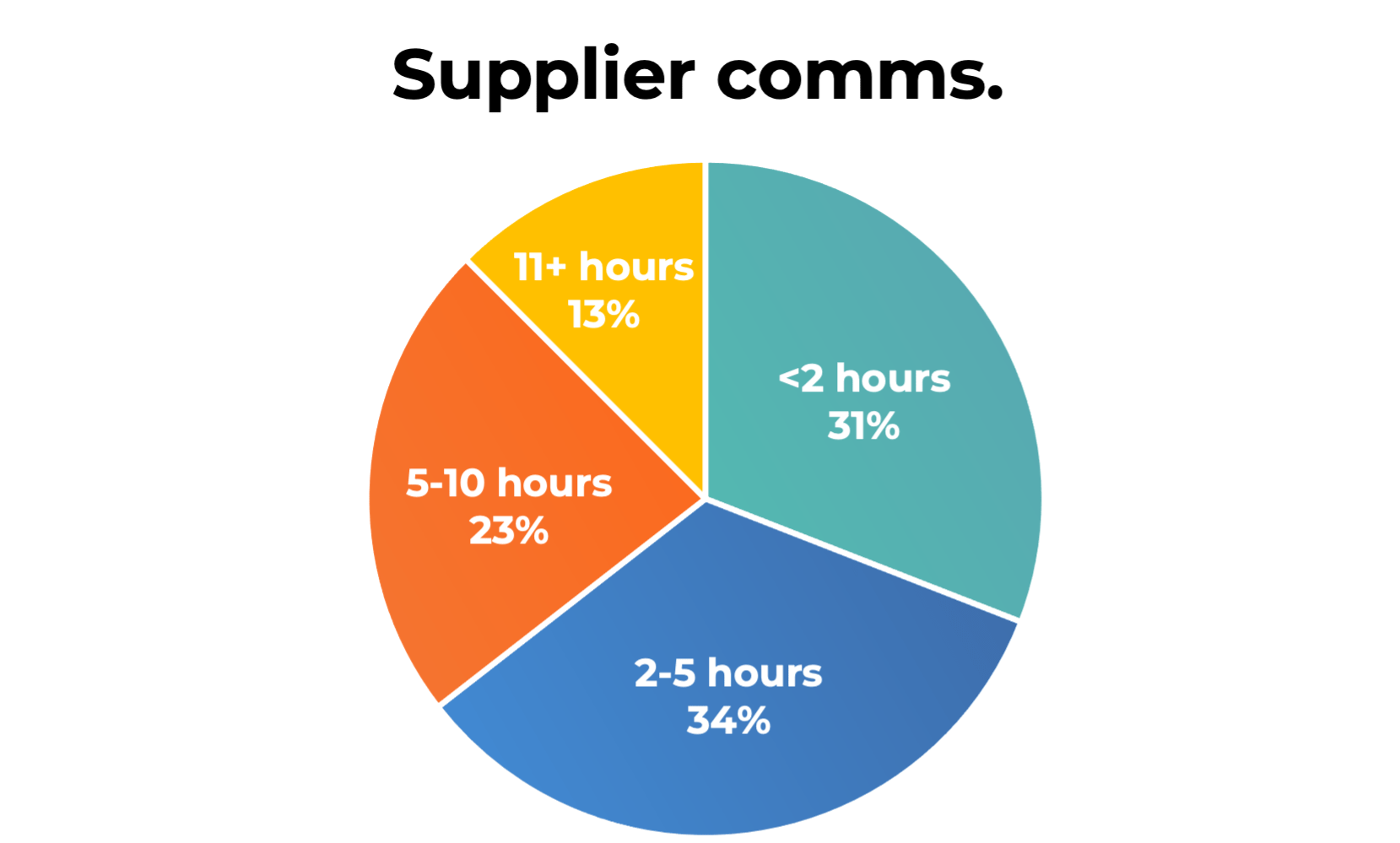
Incomplete responses
In addition to frustrating vendors, poor communication may directly impact your procurement process. It’s likely that the lack of collaboration is, at least in part, responsible for poor quality vendor proposals.
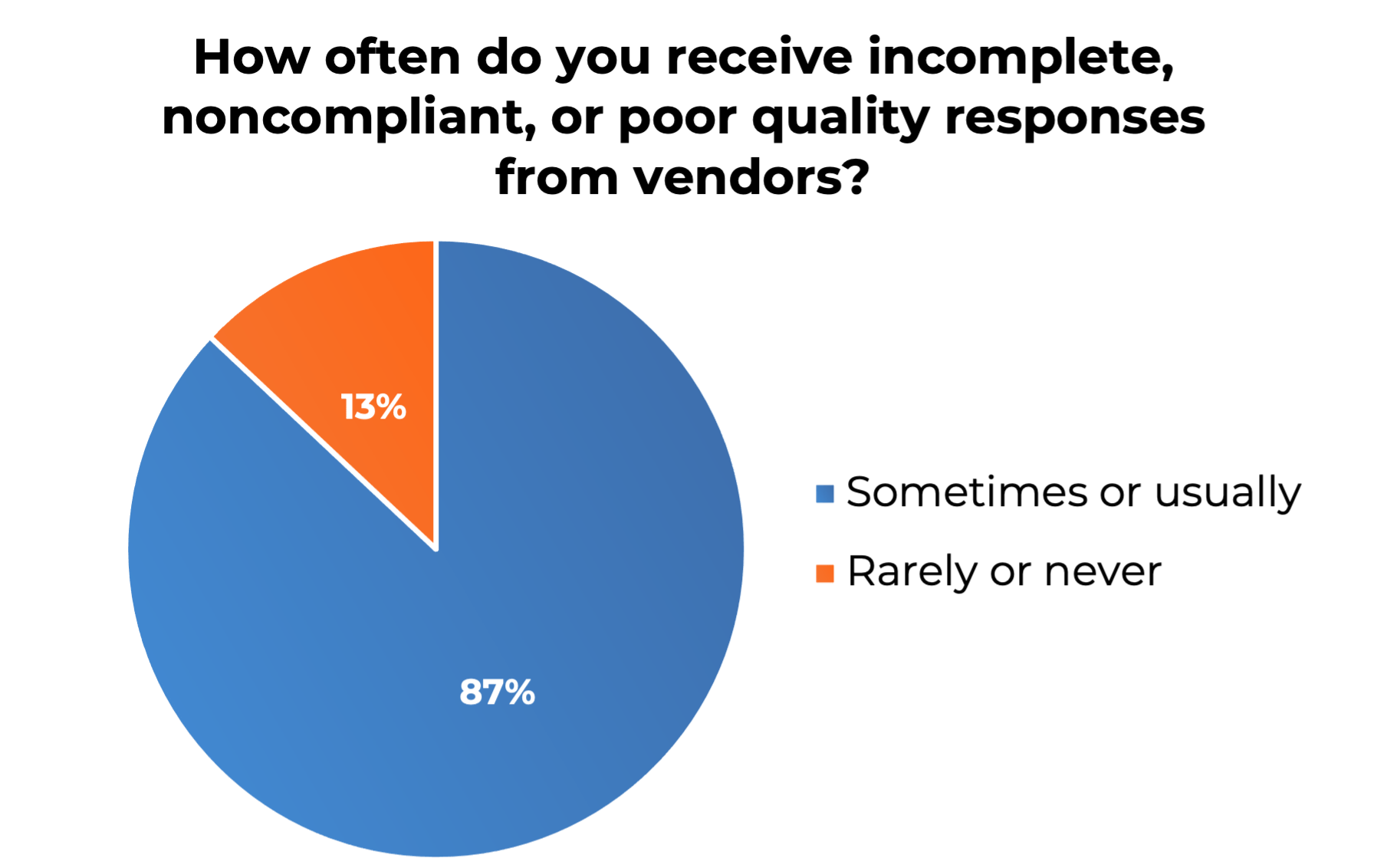
Unwinnable RFPs
Everyone wants a fair shot to win. Accordingly, when talking with vendors, one of their considerations in bid or no-bid discussions is whether or not the RFP seems to favor a competitor. Indeed, the terminology and questions asked can make the respondents suspect that you’ve already selected a preferred vendor. According to the RFP research, this concern may be valid.
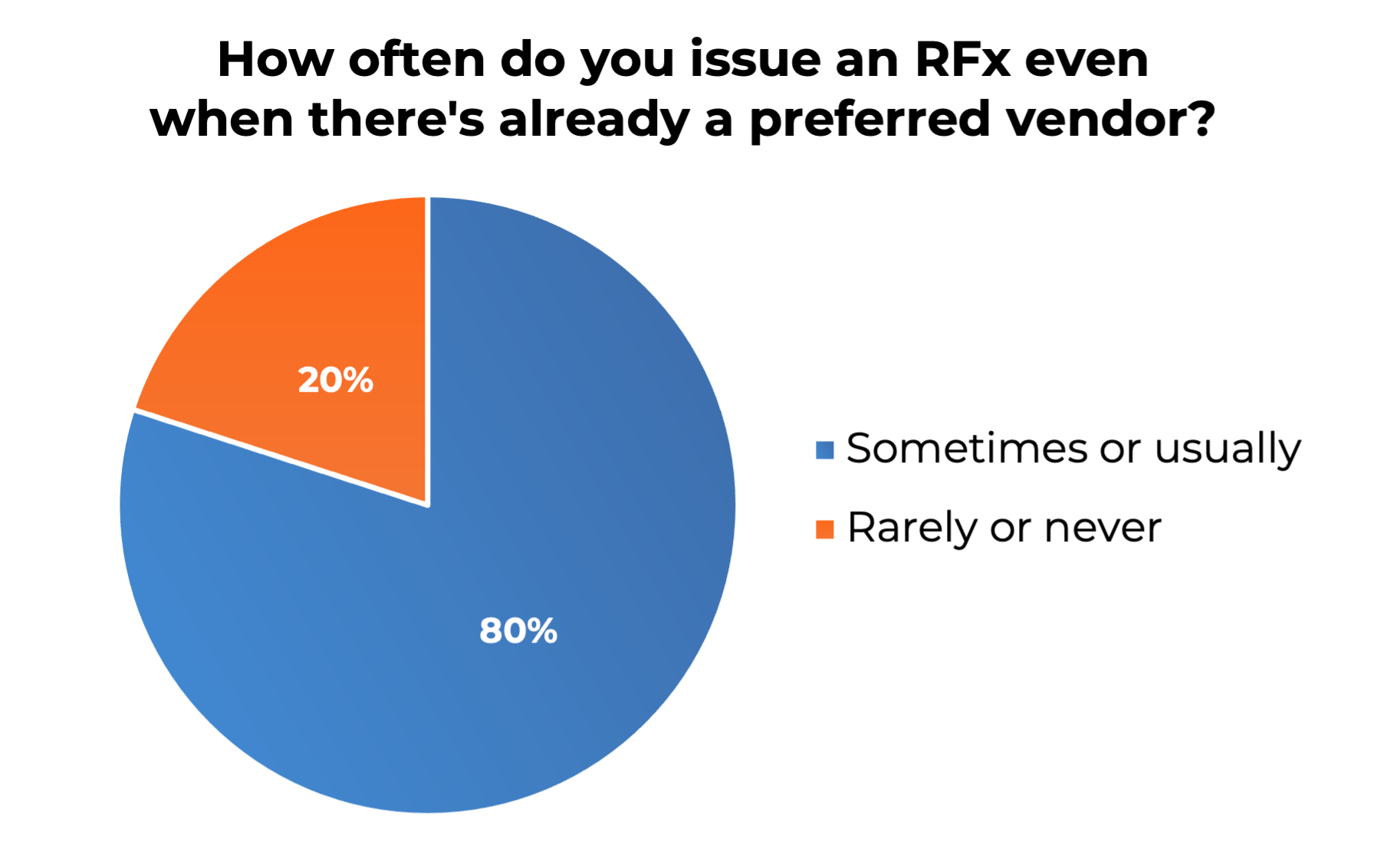
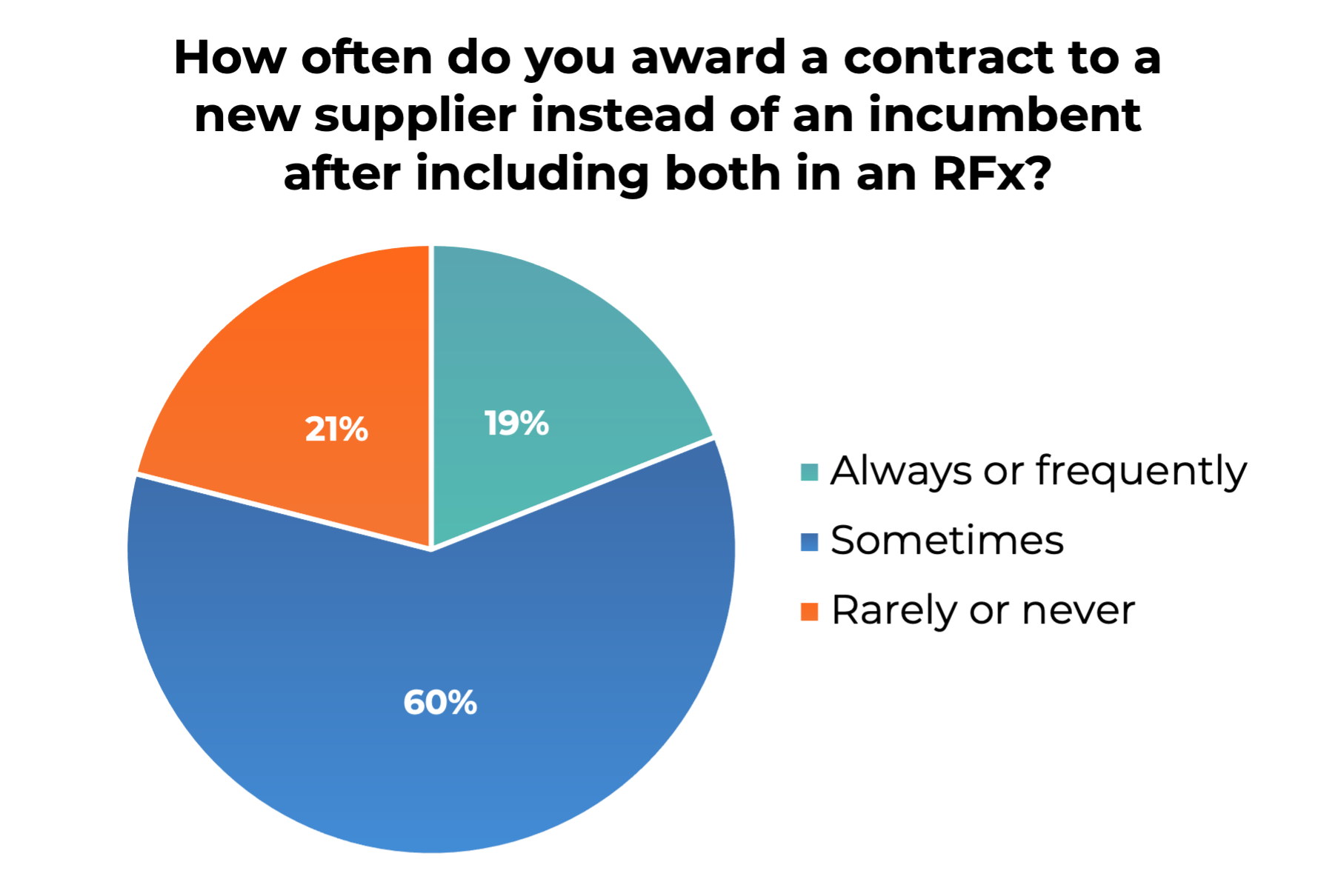
Request content
Creating an RFP that asks exactly the right questions is a big part of successful request management. Certainly, you must ask enough insightful questions to be able to make the right choice, but avoid asking so many questions that vendors are discouraged from responding.
One way many practitioners do this is by conducting vendor research prior to issuing the RFP. This enables you to avoid requesting information that is publically available. Fortunately, a good number of people do this already.
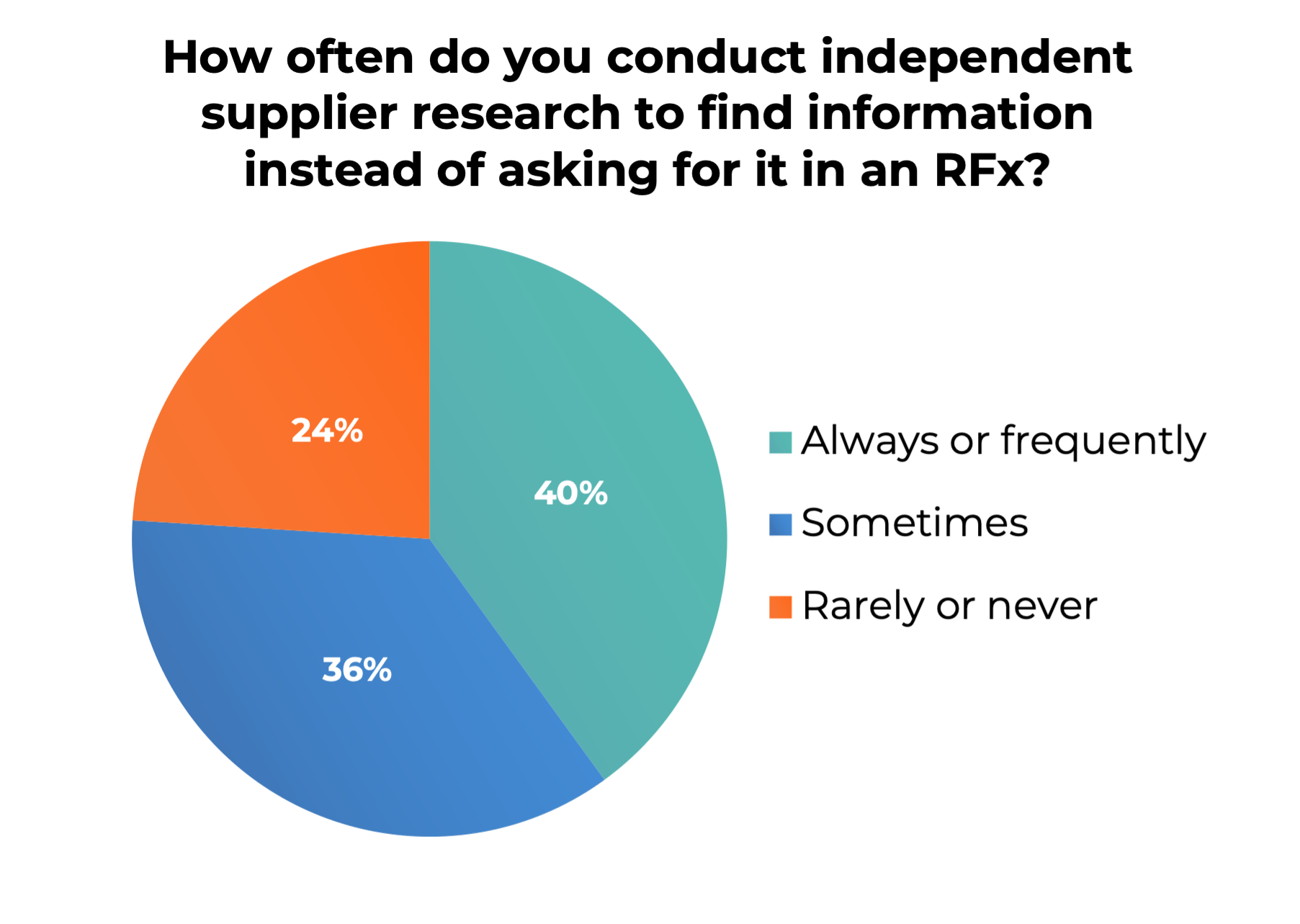
Another strategy for reducing the number of questions in an RFx is skipping any inquiries that don’t have a direct impact on the final selection. Respondents that do this are split fairly evenly.
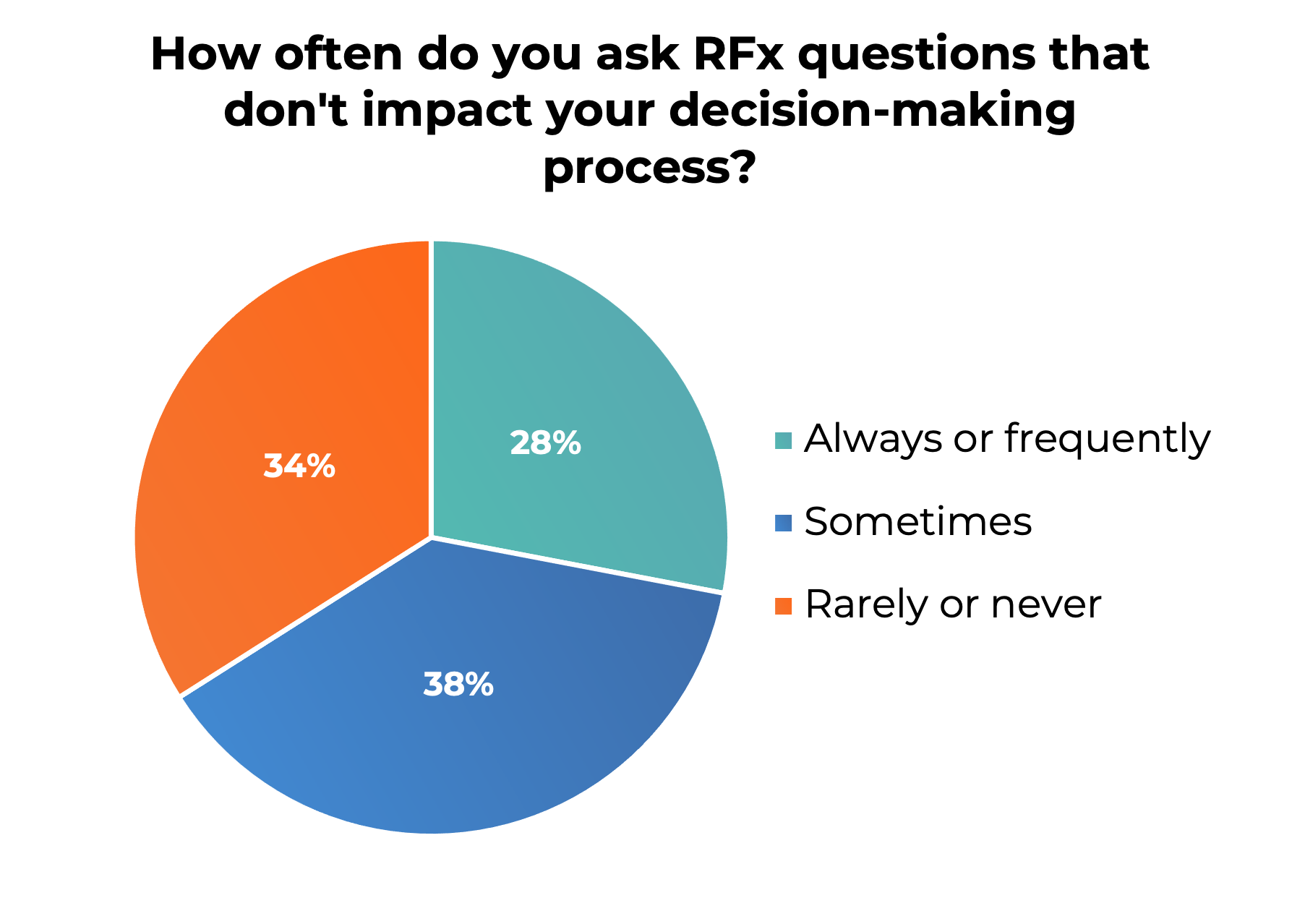
Workload and priorities in procurement
Beyond exploring request management best practices, the RFP survey also asked questions about procurement processes and priorities. When taking all types of information requests into consideration, the request management workload is significant.
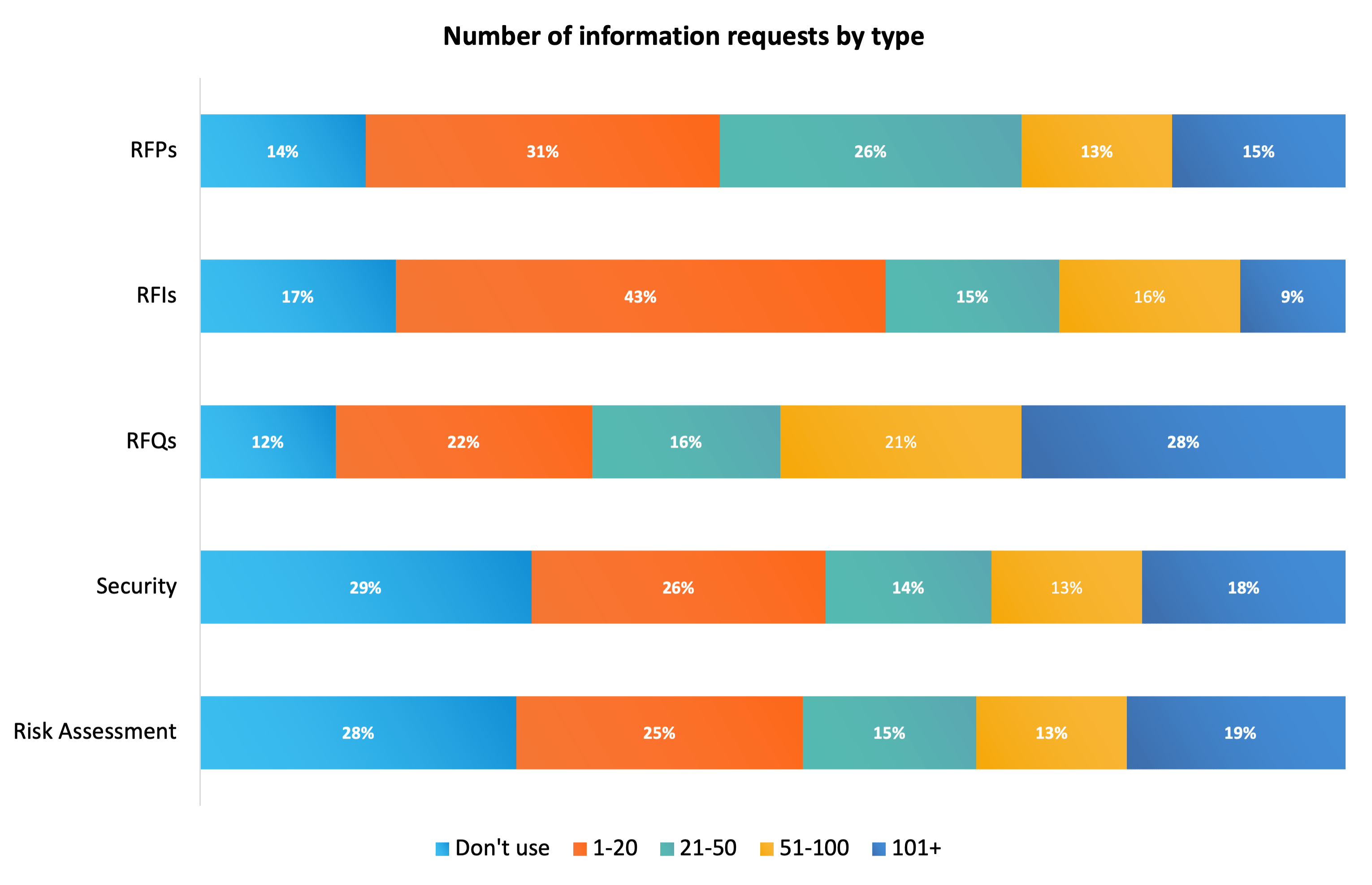
Breaking down the RFP timeline
Within each issuing event, the RFP timeline breaks down into several steps. These steps require both internal and external collaboration.
1. Request discovery – Internal collaboration
Time spent on this step includes working with internal stakeholders to explore their needs and expectations. Additionally, confirming budget, defining scope and establishing priorities is key to this step and requires input from departmental and executive stakeholders.
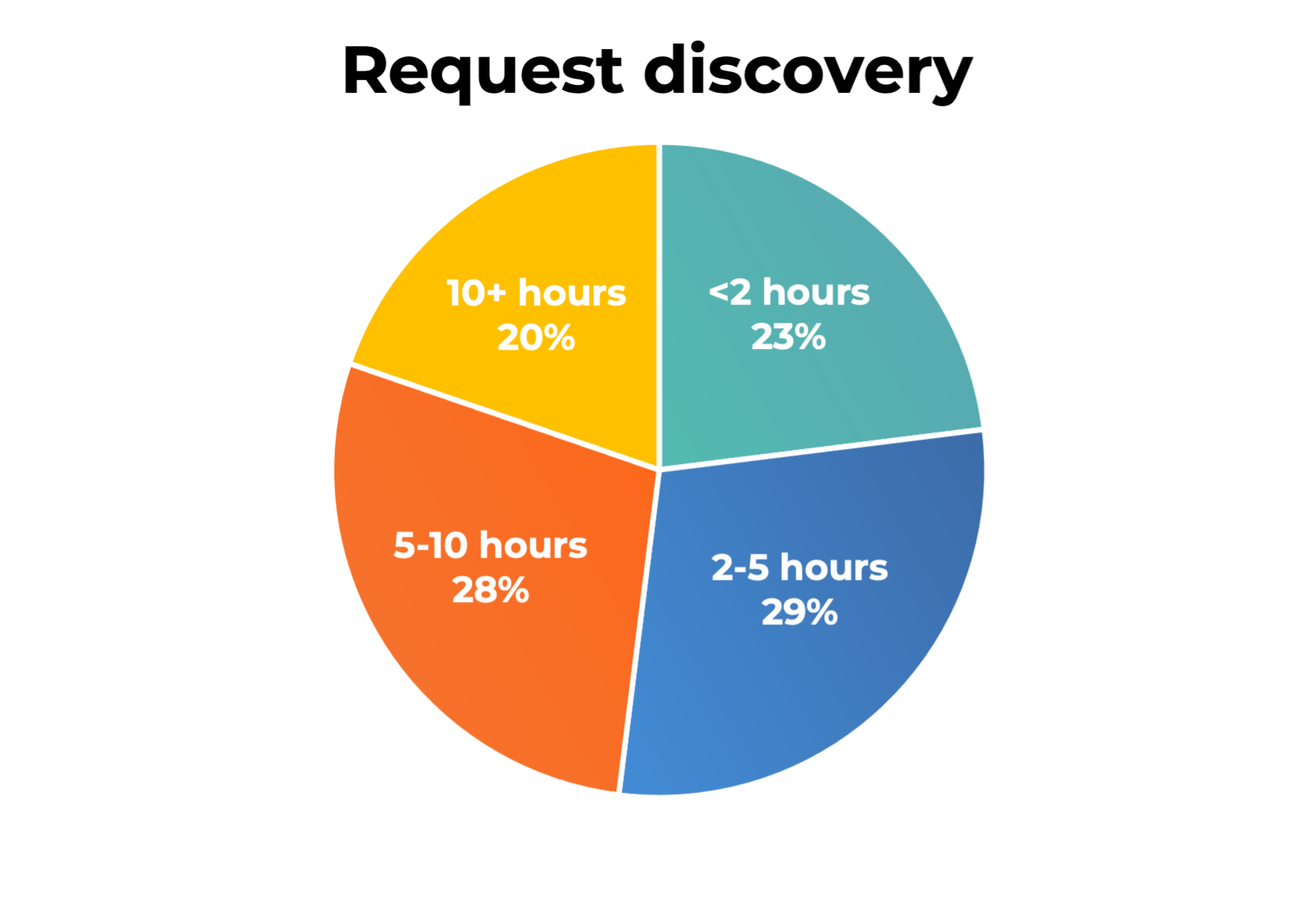
2. Research and RFx creation – Procurement team
This step is the only part of the RFP process that can be accomplished independently. Ideally, time spent researching helps practitioners narrow the vendor selection to only the most qualified. In addition, it enables them to gather general information about vendors and better understand which RFP questions to ask.
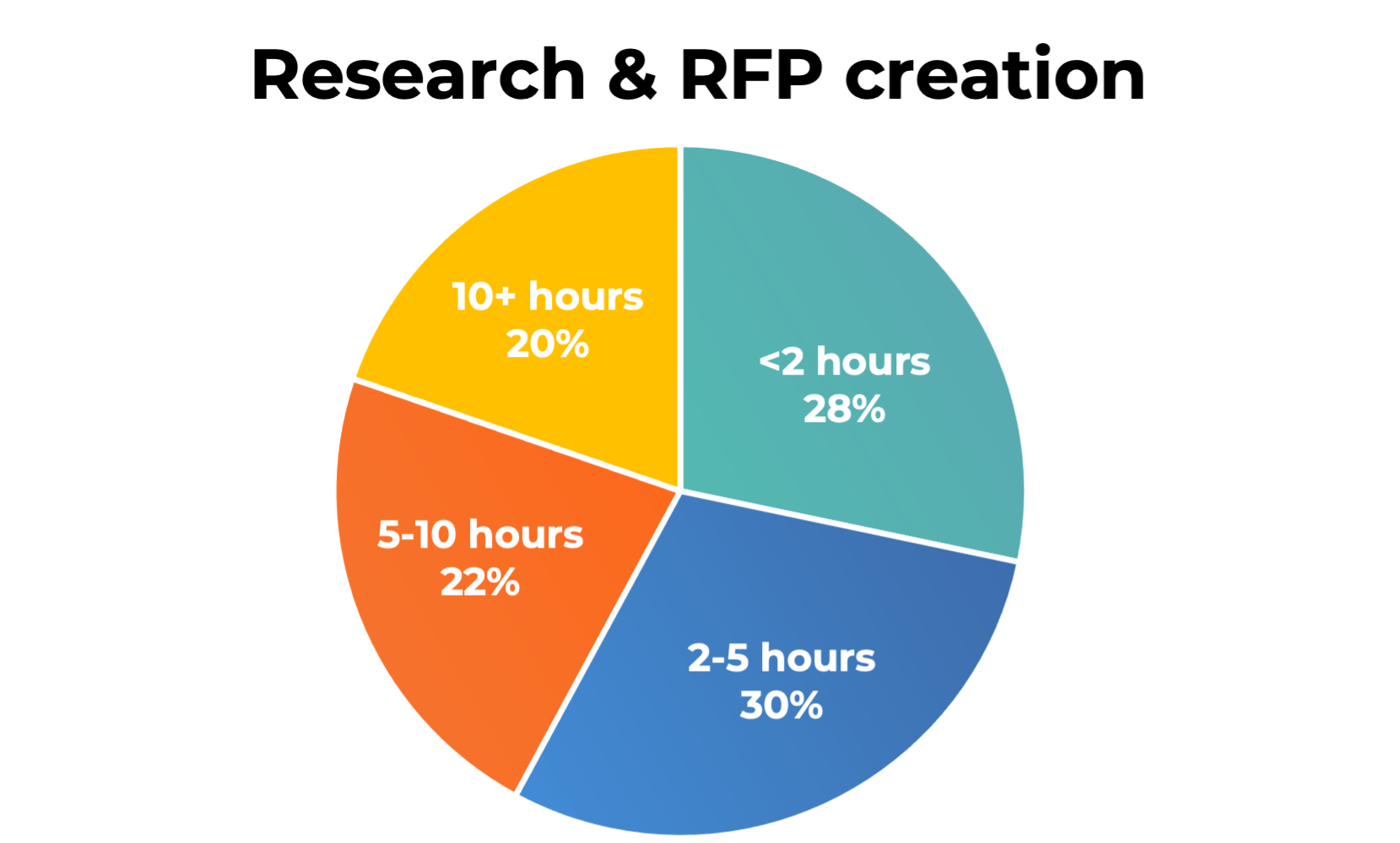
3. Supplier communication – Vendor collaboration
Once the RFP has been created, it’s issued to prospective vendors. At this point, there’s a question and answer period where vendors seek clarification. Going back and forth to ensure accuracy is crucial. Generally, less time is spent on this step than others.

4. Evaluation and scoring – Internal collaboration
When it comes to saving time, technology plays a huge role in evaluation efficiency. Teams that avoid scoring in spreadsheets and instead use RFx technology are able to leverage automation and real-time team collaboration.
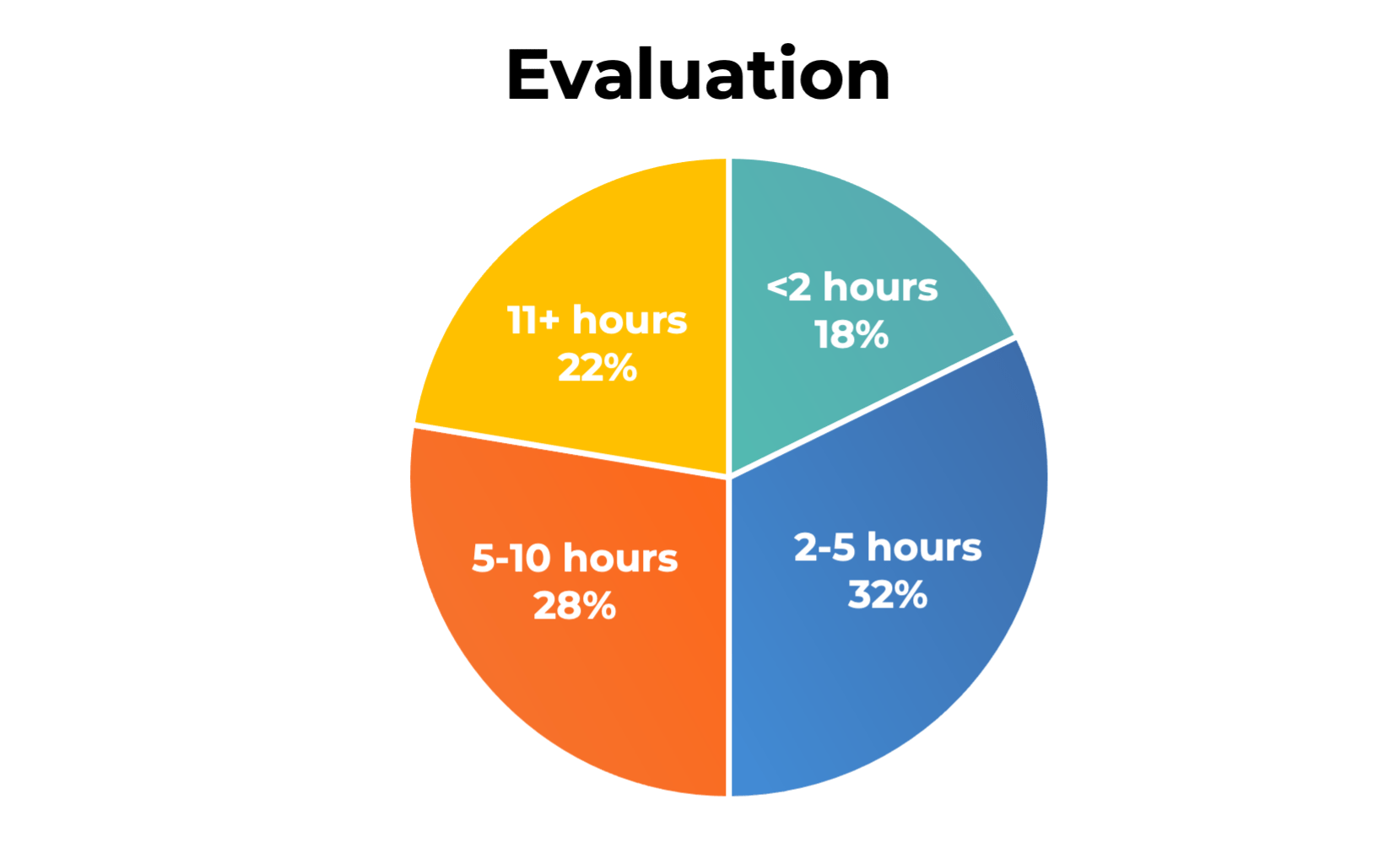
5. Negotiation and final selection – Internal and external collaboration
The final step in the process requires collaboration with internal stakeholders as well as the selected vendor. Consequently, it tends to require more time than other steps in the process. Internally, the terms and contract often need to be reviewed and approved by legal, finance, IT, stakeholders and executives to move forward.
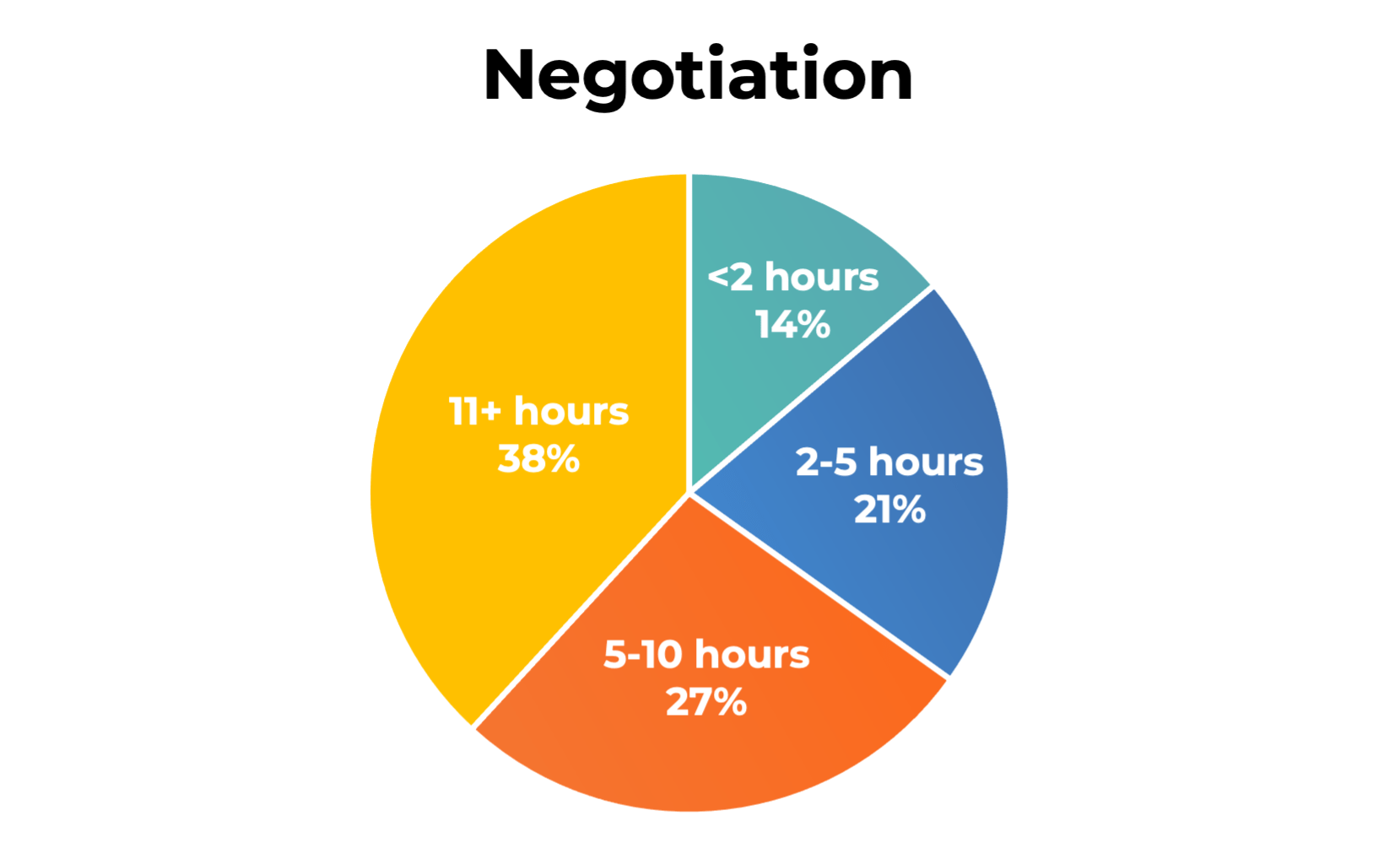
Priorities in procurement
The last element of the RFP research addressed how organizations measure the success of procurement. While all measures received both high and low marks, the overall averages (shown on a scale to 10) give us an idea of what the current focus is for most teams.
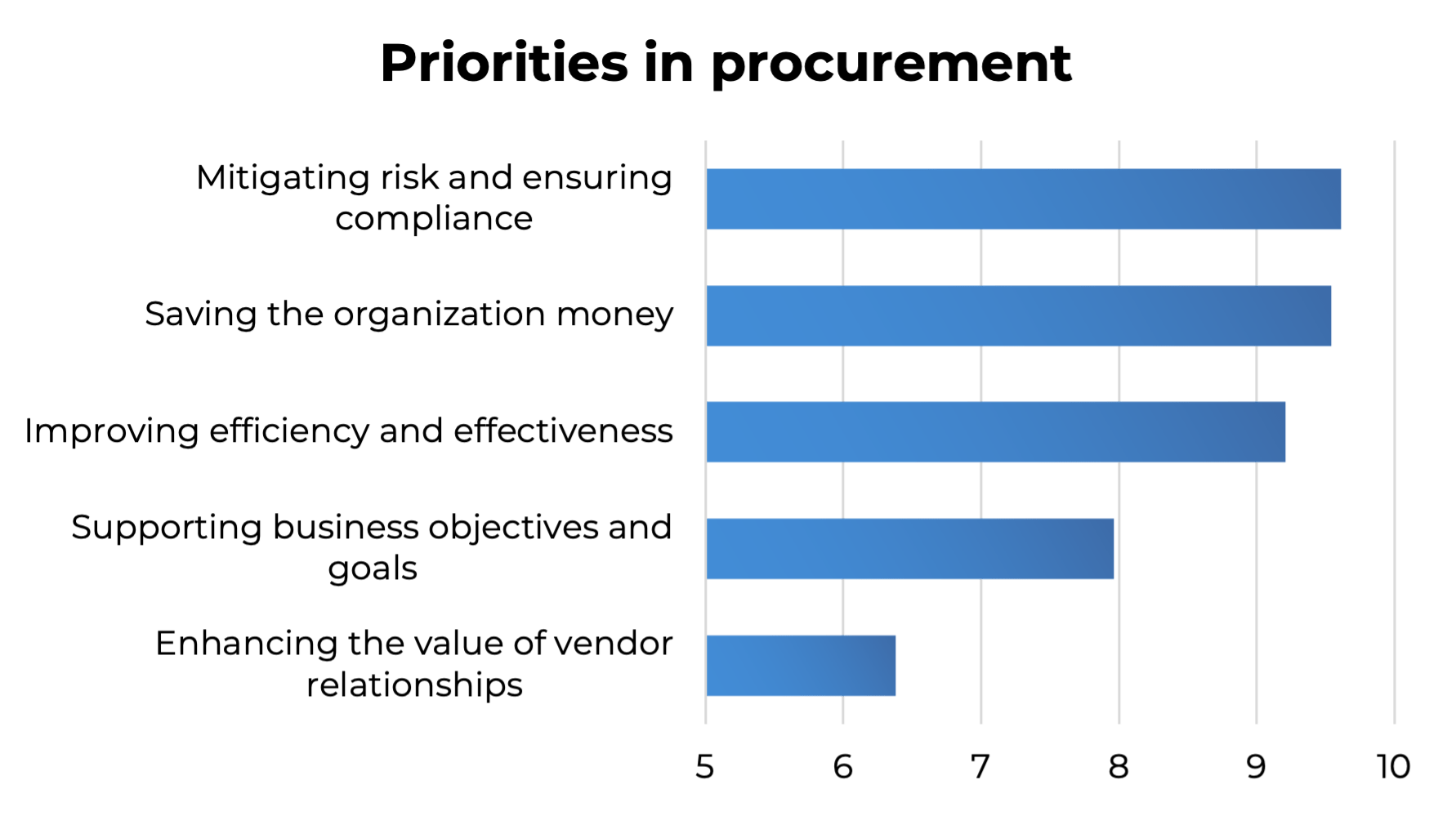
Respondent overview
As with any survey, understanding the source data is crucial to interpreting the results properly. The sourcing survey was managed through Art of Procurement. They gathered and analyzed more than 150 responses. The procurement professionals responded from many industries including professional services, technology, healthcare and finance. Likewise, the range of revenue in these organizations ranges from under $50 million to more than $10 billion.
They work in a variety of environments with procurement teams of all sizes. Indeed while team sizes ranged from one to 1500, the average procurement team size was 56. Respondents have roles varying from procurement manager and category manager to vice president of procurement and chief procurement officer.
While some of the RFP research pointed toward positive trends including increased technology efficiency and a focus on supplier relationships, it’s clear that changes in the industry will continue indefinitely. One thing we can say for certain, request management is here to stay. From reducing vendor spend to improving innovation, expertise in request management offers practitioners a way to deliver quantifiable value to an organization.



